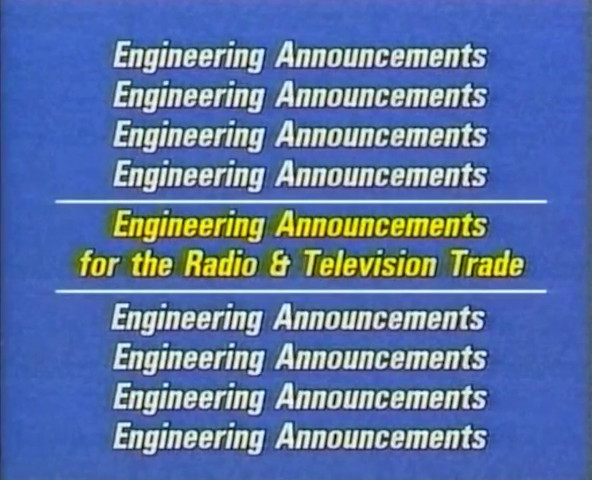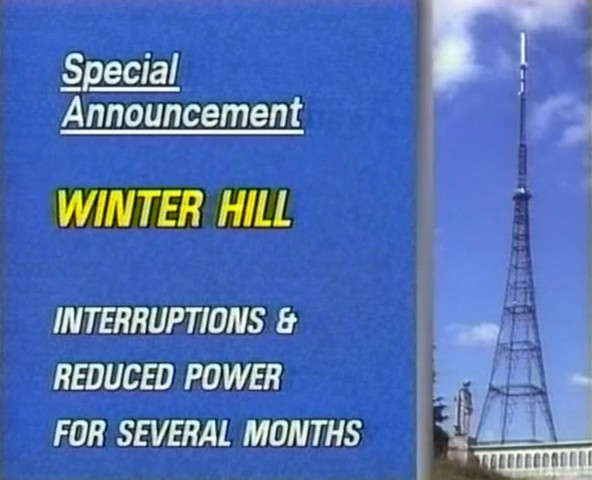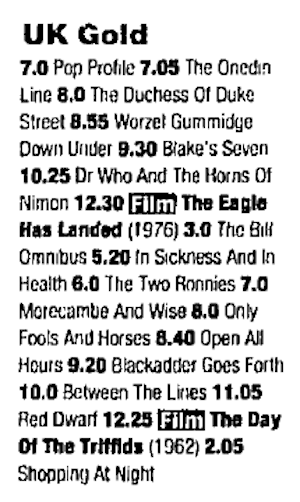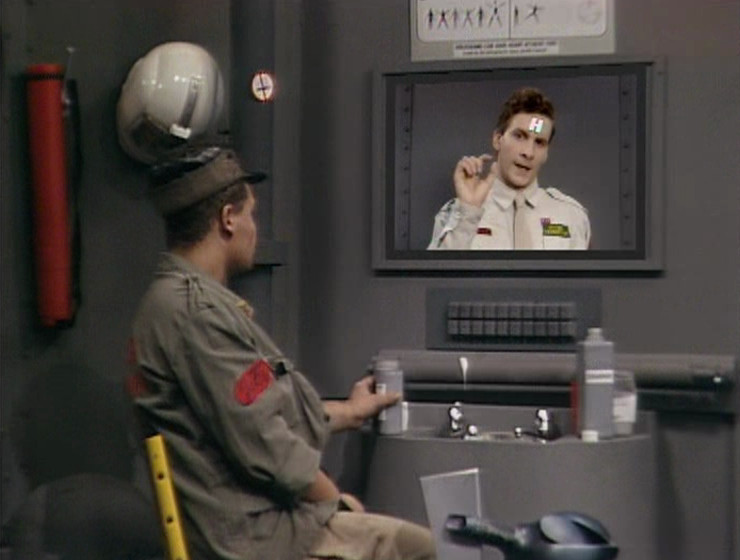Sometimes, finding out the true story about an old sitcom legend gets very complicated. But not always.
For instance, take this old Londonist article from 2008, as rumours swirled about the potential sale of a certain Television Centre. But don’t worry! They have an interesting “fact”.
Interesting Television Centre fact no. 1: Studio 1 is the biggest and most expensive studio in television centre. For the early series of Red Dwarf, there was no budget for any set after the production team hired it for filming so they had the hapless space team running around the exposed lighting rigs and gangways, which worked brilliantly (and cheaply) for convincing us they were on board a massive spaceship.
It’s difficult to know where to start with that paragraph. I mean, the idea that early Red Dwarf had “no budget for any set” is not even remotely true. It is also the case that the show was never recorded in Studio 1 at TV Centre. Or let’s get right to the point: Red Dwarf never recorded a single frame of material at TV Centre full stop.
To be fair to Londonist, I think I know where they got this particular misinformation from: the BBC itself. Back in 2013, I went on a tour of the soon-to-be-closed TV Centre, and sure enough, a version of this anecdote was told to me as well: the series was shot at TVC, and you could see the lighting gantries used in the finished episodes as part of the ship. Believe it or not, no, I didn’t start an argument with the tour guide. I just went back home and wrote a passive-aggressive article, obviously.
So, if Red Dwarf was never recorded at TV Centre, where was it recorded? For its first three series, the answer is: New Broadcasting House. Not the current NBH in London; this was Manchester’s New Broadcasting House, on Oxford Road.

To be more specific: Red Dwarf was shot in Studio A at Oxford Road: the network production studio.1 Over the years, a great many nationally-broadcast programmes originated there; among others, the Oxford Road Show, A Question of Sport, Filthy Rich & Catflap, Cheggers Plays Pop, some editions of The Old Grey Whistle Test2, and a particular childhood favourite, The Satellite Show. And that’s only scraping the surface. Oxford Road Show aside, I expect plenty of viewers had no idea any of those series came from Manchester.
Still, for all the misinformation about Red Dwarf being shot at TV Centre, or having “no budget for any set”, the tales from the BBC tour guides were correct in one respect: certain scenes from the show really were shot on the lighting gantries in Studio A, standing in for the ship itself. Which is indeed an actual INTERESTING FACT.
Let’s take a look.
Studio B was the smaller regional production studio, although this was also used for some daytime network programming such as Open Air and Daytime UK. ↩
I have to be honest, before researching this article, I thought that The Old Grey Whistle Test always came from TV Centre. But no. Here’s one of the first television performances by Dire Straits, transmitted live from Manchester’s Studio A. ↩





